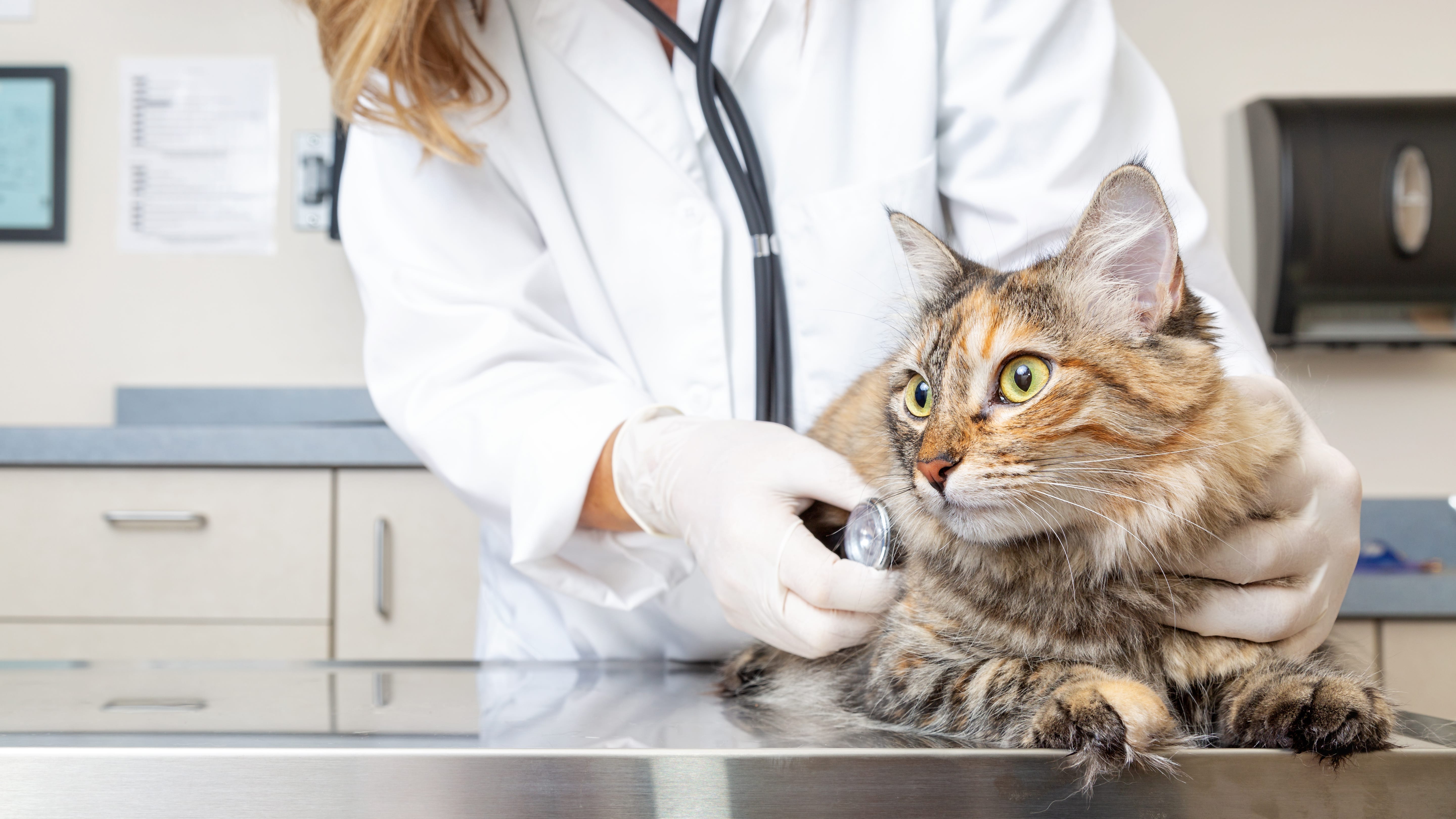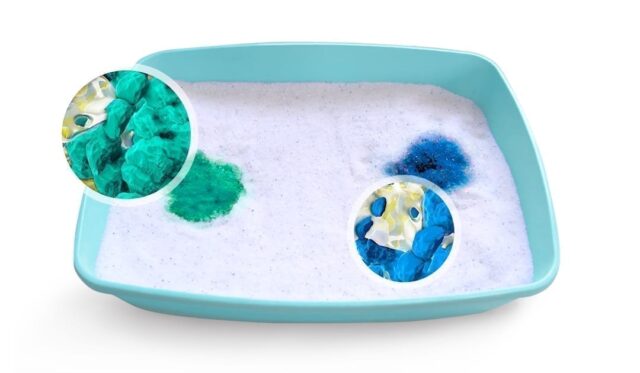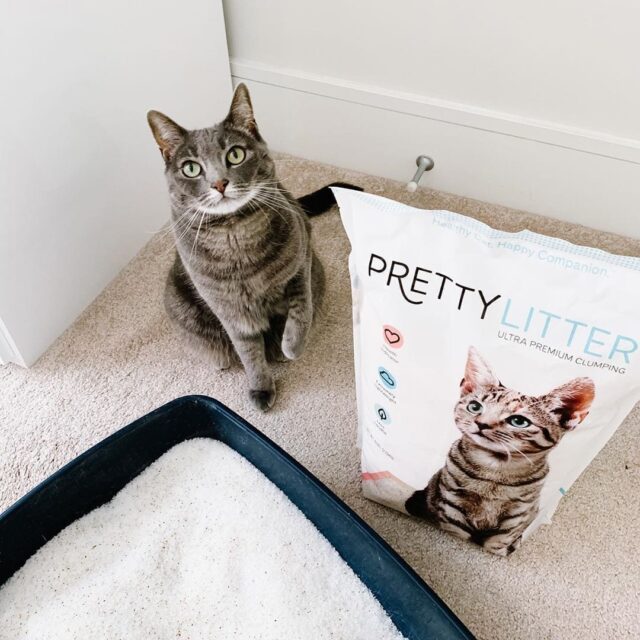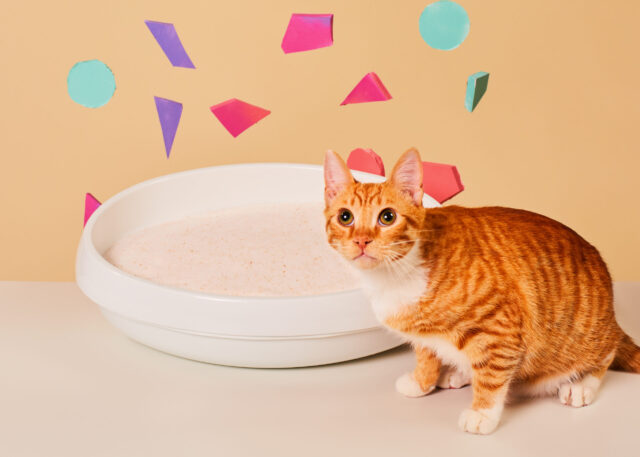If your cat is suffering from an illness, they might not be quick to let you know. Cats are notorious for hiding illnesses, which can be difficult for cat parents to handle. Luckily, PrettyLitter offers a unique type of litter that could detect some potential health concerns before it’s too late.

When your cat uses PrettyLitter, the litter may change colors to indicate that you should visit the vet. In most cases, it will appear like typical urine, but it could also change colors to detect alkaline, acidity, or even blood in your cat’s urine. What should you expect if this happens?
Alkaline
If the litter turns a dark green or blue color after your cat uses it, this is a sign of high alkaline in the urine. The amount of alkaline in a substance is determined based on the pH level. A high pH level indicates high alkaline, which is what causes the litter to change colors.
High alkaline in cat urine is often a sign of bladder crystal or bladder stone formations. The longer these go undiagnosed, the more painful it will be for your cat. Bladder stones and crystals typically occur when the natural minerals in your cat’s body aren’t being processed correctly. These crystals can make urinating difficult for your cat, and they can irritate your cat’s bladder.
High alkaline can lead to more serious concerns if the bladder stones or crystals are not treated right away. These stones could eventually cause extreme blockages, which could cause their bladder to rupture. Therefore, it’s best to visit your vet as soon as you notice dark green or blue litter.
Acidity
Normal cat urine is usually a yellow or olive green color, but PrettyLitter could turn orange. This indicates high acidity. Acidity is the opposite of alkaline because it’s present when the urine has a low pH level. However, it can be just as risky.
High acidity in cat urine can lead to metabolic acidosis or kidney tubular acidosis. As the name implies, “acidosis” is a buildup of acid in your cat’s blood. The amount of acid in a cat’s body is often due to what they eat. The more acid that builds up in their body, the harder it will be to help them heal.
If left untreated, these conditions could cause your feline’s health to significantly decline. Your cat could experience significant weight, bone, and muscle loss. So, orange litter is a sign that you should visit your vet right away too.
Blood
Red litter is likely the most obvious health indicator because it means there’s blood in the urine. Unfortunately, blood is the result of many common health concerns for cats, including bladder stones, bladder inflammation, and urinary tract infections.
Blood in your cat’s urine has a lot of similar concerns to high alkaline. The conditions associated with blood could eventually lead to extreme blockages or even ruptures in your cat’s bladder. Since blood has so many potential outcomes for your cat, you should always take your cat to the vet if their litter turns red. After all, it’s better to be safe than sorry.

Regular cat litter cannot alert you of potential health concerns, but PrettyLitter can change colors to detect alkaline, acidity, or blood. Some of these issues could be a matter of life and death for your cat if not treated right away. So, PrettyLitter can let you know if something’s not right, allowing you time to visit your vet as soon as possible.
Do you want to ensure your cat stays healthy at all times? Then, try PrettyLitter to help you monitor potential health concerns. We’re proud to have PrettyLitter as our partner, so you can now get 20% off your first month and a free cat toy while supplies last!




